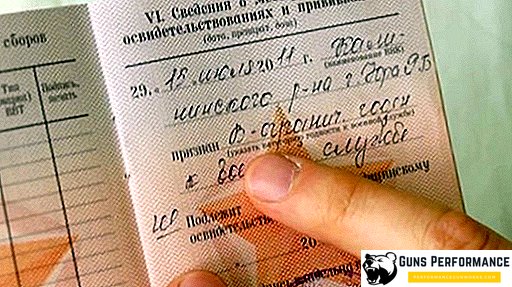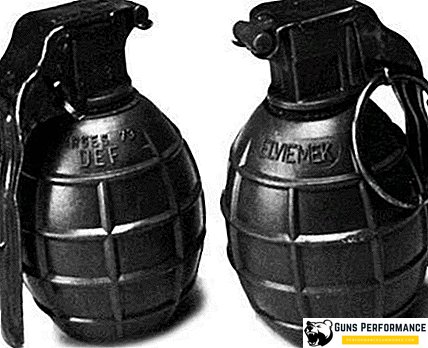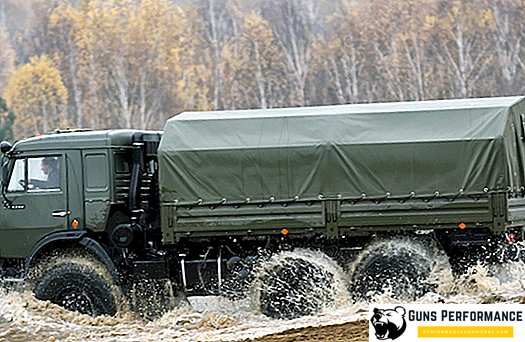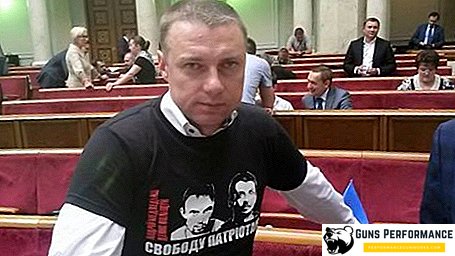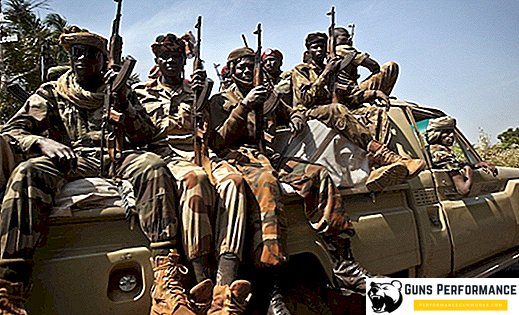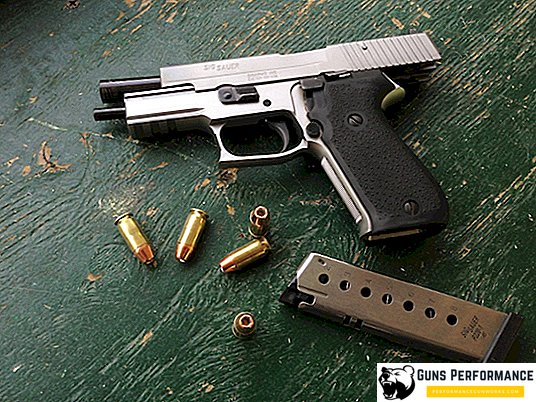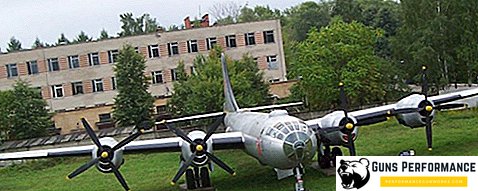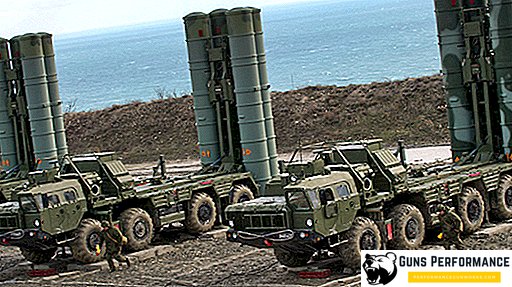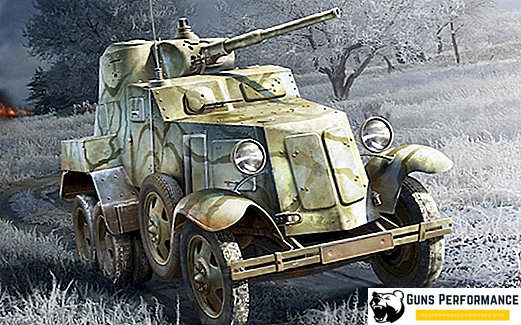One of the priorities for strengthening Russia's national security now is the modernization of its strategic nuclear forces. It is precisely the preservation of parity in the field of nuclear weapons (situations where states have comparable capabilities of nuclear strike forces) is the guarantor of Russia's sovereignty, the inviolability of its current borders and high status in the international arena.
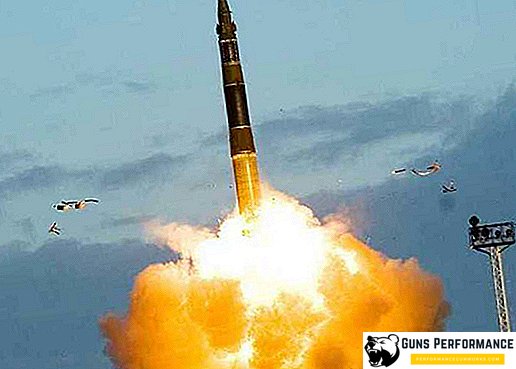
However, the current state of Russian strategic nuclear forces raises serious concern. The fact is that most of the carriers of nuclear weapons were developed and created during the times of the Soviet Union, and every year these weapons (once formidable and unparalleled in the world) are becoming increasingly obsolete. This applies to all components of the “nuclear triad”: the Strategic Missile Forces (strategic missile forces), submarine rocket carriers and strategic aviation. During Soviet times, so many resources, both material and intellectual, were invested in strategic nuclear forces that we still use this reserve - but this all comes to an end. And now it is time for Russia to seriously engage in the modernization of its strategic nuclear forces.
A potential adversary does not waste time. The United States is actively developing the latest missile defense systems, and although they cannot yet provide complete protection against Russian missiles, they are investing huge amounts of money in these programs. Also in recent years, the United States has been actively developing the program "Prompt Global Strike" (lightning-fast global strike), which allows you to deliver in the shortest time a powerful blow to any part of the planet. It uses high-precision non-nuclear weapons of high power. The essence of the program comes down to the destruction of a significant part of the enemy’s nuclear arsenal even before its possible use. Also, Americans are actively improving and modernizing both nuclear charges and their means of delivery.
The main potential of Russian nuclear strategic weapons is deployed on land-based nuclear missiles and belongs to the Strategic Missile Forces. These are stationary mine complexes and mobile starting complexes (Topol, Topol-M). The basis of Russian mine-based missiles are the UR-100N UTTH (SS-19, Stilet) and R-36M (SS-18 Satan) liquid-fuel missiles. They must deliver the maximum number of charges to the enemy territory. During the Cold War, Americans were very much afraid of these missiles. They have a high degree of readiness (filled and have data on the coordinates of the target), are well protected, carry several warheads capable of overcoming the missile defense system. Yes, and these missiles themselves are highly reliable. But the life of these missile systems is coming to an end. In addition, these missiles use a large number of components that are manufactured in Ukraine (SS-18 were completely made in Dnepropetrovsk) and now Russia can have serious problems with their maintenance.
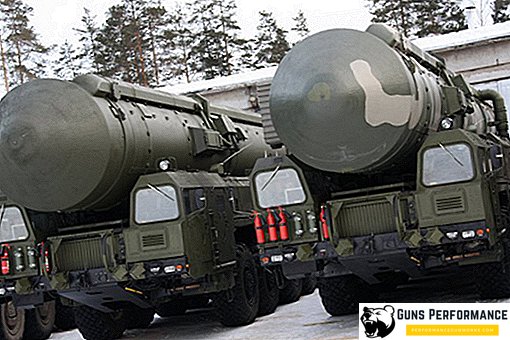
Recently, certain steps have been taken towards the modernization of the Russian Strategic Missile Forces. One of the most important steps taken in recent years is the replacement of the outdated RS-18 and RS-20A with a new fifth-generation solid-fuel rocket RS-24 Yars.
The history of the creation of the rocket "Yars"
The RS-24 Yars intercontinental ballistic missile, in fact, is a deep modernization of the RT-2PM2 Topol-M missile system, the development of which began at the Moscow Institute of Thermal Engineering (MIT) in 1992 under the leadership of Chief Designer Solomatin. The development of a fifth-generation lightweight solid-fuel rocket began in the USSR in the late 80s and was immediately assigned to the two largest rocket centers: the Dnepropetrovsk Yuzhnoye Design Bureau and the MIT. The result of the work of Muscovites was the rocket RT-2PM2 Topol-M with a monoblock warhead. There is information that at the same time work was also being done on a rocket with a split head part of individual guidance (MIRV-IN). In 2009, the limitations of the SVN-1 treaty expired, and Russia received the right to create a new rocket carrying several warheads. The RS-24 "Yars" differs from the "Topol-M" only in the head section and in a more modern control system.
In May 2007, the first test launch of the new R-24 rocket was conducted, the second was held in December of the same year. Both launches were carried out from the Plesetsk test site, and both were successful. The launches were made from the upgraded Topol-M complex, which once again proves the high degree of unification of these systems. The third launch of the rocket was made in early 2008 and was also successful. The parameters and characteristics of the new missile were tightly tied to the technical characteristics of the Topol-M complex, there is no difference between the launch complexes of these missiles. This should significantly reduce the cost of production. Some experts note the similarity of some characteristics of the R-24 "Yars" and the missile complex R-30 "Bulava".
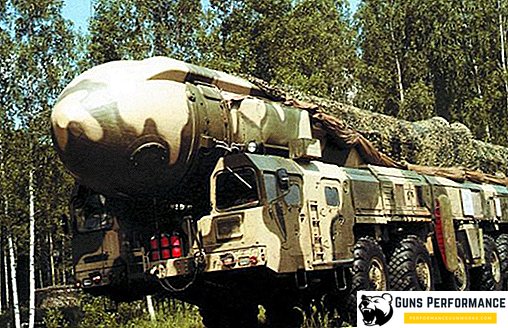
Surprise caused a small number of test launches before the transfer of the rocket to the troops (when compared with Soviet times). However, the developers of the complex declared that the new missiles are being tested according to a new program, with more active use of computer simulation, and this allows reducing the number of physical missile launches to a minimum. This approach is cost effective.
Initially, new missile systems were planned to be deployed since 2010. However, the delivery of the RS-24 to the Strategic Missile Forces began in 2009. In 2010, the 54th Guards Missile Division (Ivanovo Region) received three new missile complexes, Deputy Defense Minister Popovkin said. At the end of the year, another division of the RS-24 (three complexes) entered into service with the same division. In March 2011, it was officially announced that the RS-24 ICBM was on combat duty. In 2012, the rearmament of the Kozelskaya and Novosibirsk rocket units began. At the beginning of 2014, 33 RS-24 missiles were in service with Russian special-purpose rocket forces, each of which had four combat units.
The RS-2 ballistic missile is manufactured at the Votkinsk engineering plant, and the launcher for the mobile complex is mass-produced at the Volgograd PO Barricades.
The device MBR RS-24
The RS-24 "Yars" intercontinental ballistic missile is designed to destroy important enemy military-industrial centers. Its design is in many respects identical to the RS-12M2 Topol-M rocket. Only the head and control system differ.
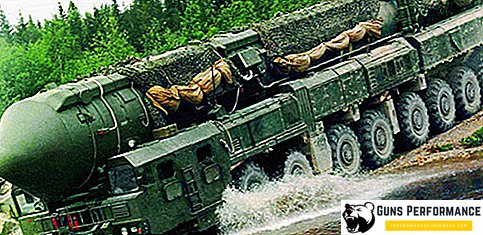
RS-24 "Yars" is a three-stage solid-fuel rocket. The rocket body is made of a composite material of high strength based on aramid fiber. The rocket does not have stabilizers for flight control, this function is performed by the nozzles of the engines of each stage. Nozzle nozzles and nozzle bell nozzles are also made of composite materials. The RS-24 uses solid fuel with high energy characteristics.
There is information that the warhead of the RS-24 Yars rocket warp breeding system is very similar to the head of the Bulava, which was also designed at the Moscow Institute of Thermal Engineering. Probably, "Yars" can deliver to the affected area from three to six combat units with a capacity of up to 300 kilotons each.
Flight control system - inertial. The information is processed by an onboard computing complex, which can correct the flight, taking into account information from the GLONASS navigation satellites. Probably, an astronomical correction system has been installed. All rocket electronics have increased resistance to the damaging factors of a nuclear explosion. The Yars navigation system provides him with a high accuracy of hitting the target.
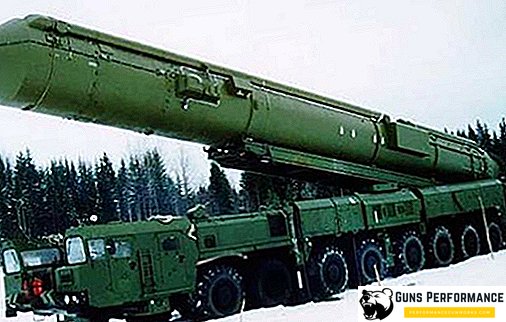
In connection with the improvement of the potential adversary's missile defense systems, changes were made to the Yars design to increase the survivability of the missile. The active leg of the flight (where the missile is most vulnerable) was significantly reduced. Thanks to more advanced engines, the RS-24 is much faster than the rockets of the previous generation gaining speed. Moreover, the rocket can perform maneuvers already at the initial stage of its trajectory, immediately after launch. The missile is equipped with a missile defense system (information about its characteristics is extremely small), the missile ejects many false targets that are almost indistinguishable from real combat units in all parts of the electromagnetic spectrum. Warheads are covered with a substance that absorbs radar radiation and is practically invisible even for the most advanced radar.
The developers stated that a new system for the breeding of ballistic type combat units was created for Yarsov, which will direct each unit individually. But whether the tests of this system have passed and how successful they have been is not yet known.
RS-24 "Yars" has a more advanced thermonuclear charge, and it was created without field tests (nuclear tests have been prohibited since 1989).
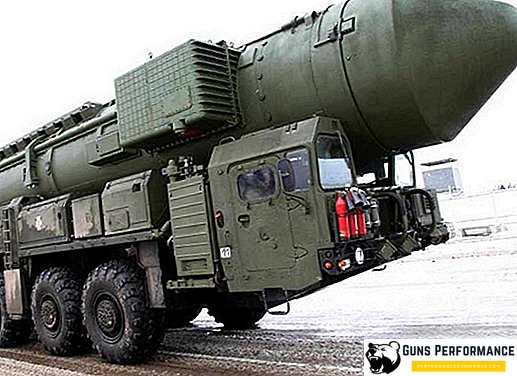
The launch of the RS-24 missile, both mine and mobile, is mortar using a powder accumulator. From the factory, the rocket leaves in a special fiberglass container.
Specifications RS-24
The table below shows the technical characteristics of the missile complex. Many of them are unknown, because they are classified.
| Rocket | RS-24 |
| Number of steps | 3 |
| Maximum flight range, km (estimated) | 11-12 |
| Maximum starting weight, kg (estimated) | 46500-47200 |
| Charging power of combat unit, Mt | 0.15, 0.3 |
| Head mass, t | 1,2-1,3 |
| Dimensions, m: length (estimated) first stage diameter, m second stage diameter, m third stage diameter, m | 21,9-22,51,85 1,56 |
| QUO, m | 150 |
| Warranty period of storage, years | 15 |
| Control system | Inertial, possibly with astrocorrection |
| Basing | Mine, Mobile |
In 2018, the creation of the Barguzin railroad missile complex began, which is planned to be equipped with Yars missiles. In the USSR, there was a similar Molodets railway complex, but according to the SVN-2 contract (1993) it was removed from service. "Barguzin" plan to adopt by 2020.
In the next decade, the RS-24 missile system should completely replace the RS-18 and RS-20A Voyevoda missiles. And together with the Topol-M missile, to become the basis of the Strategic Missile Forces of Russia.
In 2018, 24 Yars missile systems are to be put into service with the RVSN.


